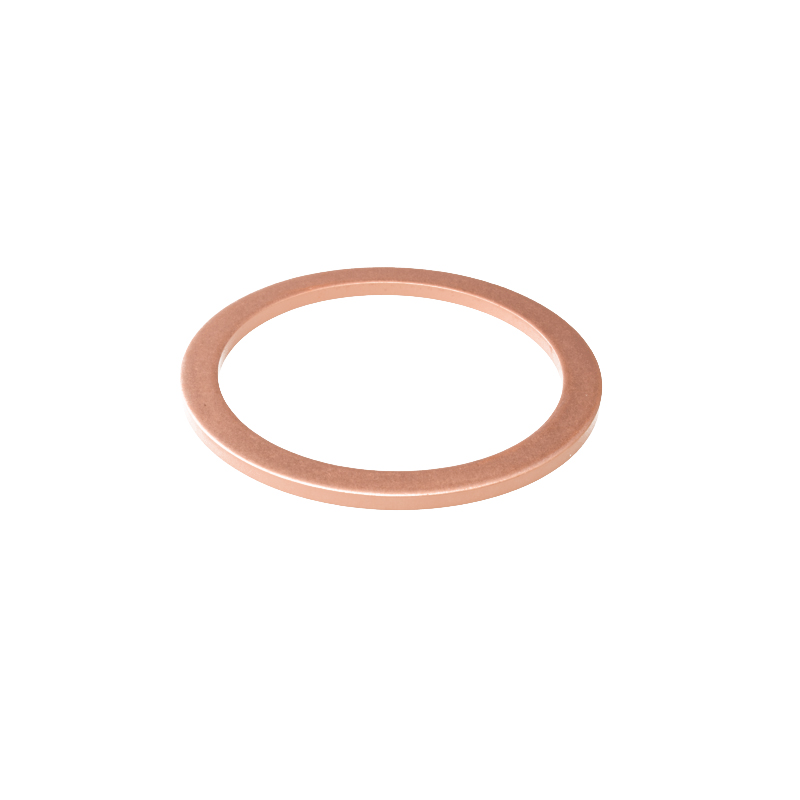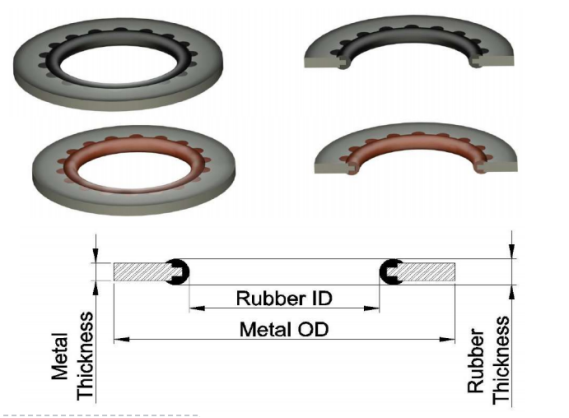automotive shaft seals


Trustworthy Supply Partners Choosing a reputable supplier for shaft seals is as significant as choosing the right size. A trustworthy supplier offers not only high-quality products but also excellent customer support and expert advice. They provide detailed product catalogs with precise dimensions and material specifications. Moreover, reliable suppliers are often keen to assist in troubleshooting any issues that arise, extending their support beyond the sale. Building trust with your supplier can lead to invaluable insights about emerging technologies in seal materials and design that might optimize your operations further. Engaging with suppliers that have a proven track record in the industry adds an extra layer of confidence in achieving long-term system reliability. Practical Steps for Selection To choose the correct shaft seal size 1. Measure Accurately Use reliable measuring tools to ascertain the shaft and housing bore dimensions. Record the inner diameter (ID), outer diameter (OD), and width. 2. Consider Operating Conditions Evaluate the working environment regarding temperature, pressure, and potential chemical exposure, as these factors will impact the choice of material alongside size. 3. Reference Standards Align your selection with international standards to ensure compliance and performance. 4. Consult Manufacturer Specifications Delve into manufacturer documentation to match specific seal sizes with your unique application needs. 5. Partner with Trusted Suppliers Source your seals from reputable suppliers who offer quality assurance and dedicated support. A meticulous approach to selecting shaft seals by size can avert system inefficiencies and prevent costly operational downtimes. Through experience, expertise, authoritative guidance, and trustworthy partnerships, industries can achieve a synergistic balance in their mechanical applications, harnessing the full potential of their machinery.
-
Understanding Automotive Oil Seals: Essential Components for Engine and Shaft Protection
News Jul.30,2025
-
The Importance of Heavy Duty Seals in Industrial and Residential Applications
News Jul.30,2025
-
Exploring Industrial Oil Seals: From Felt Oil Seals to TTO and CFW Solutions
News Jul.30,2025
-
Essential Guide to Oil Seals: From Radial to Metal-Cased Seals for Industrial Reliability
News Jul.30,2025
-
Choosing the Right Oil Seals and Gaskets for Industrial and Automotive Applications
News Jul.30,2025
-
Cassette Seals: Durable Sealing Solutions for Harsh Environments
News Jul.30,2025
-
Understanding the Front Main Engine Seal: Purpose, Maintenance, and Installation
News Jul.29,2025
Products categories















